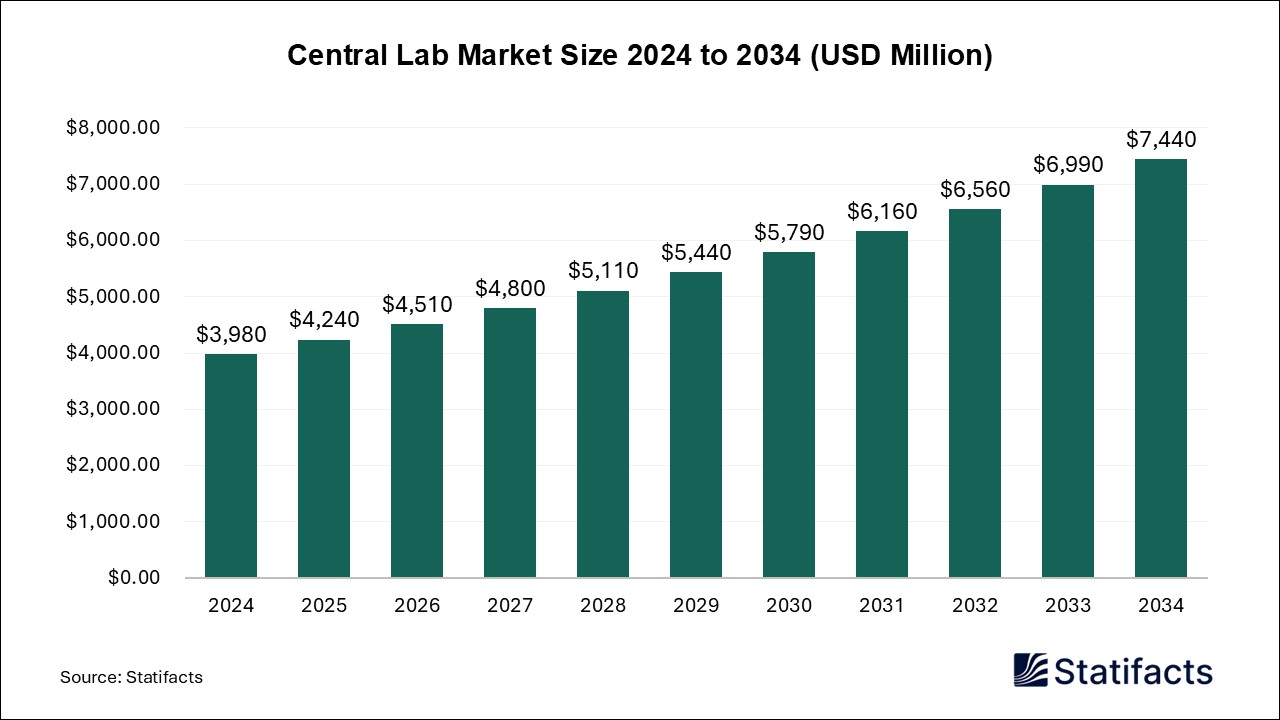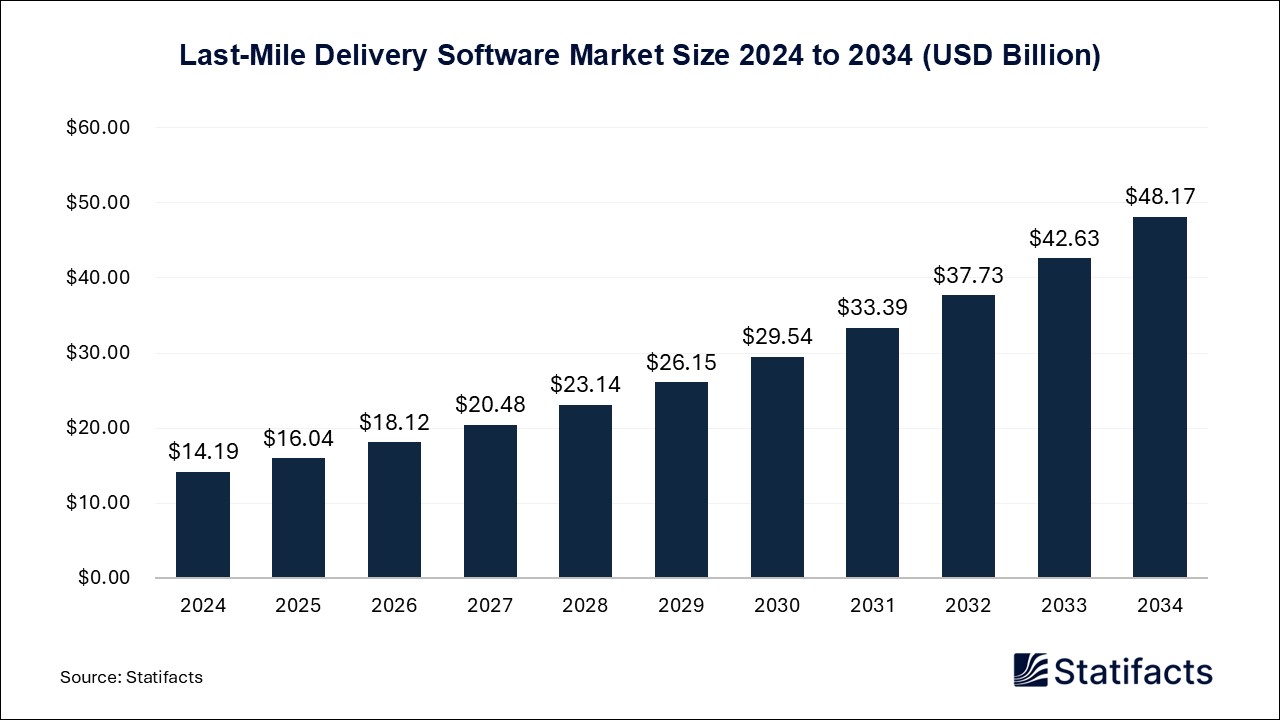

Our customers work more efficiently and benefit from
The global radiation oncology market size was calculated at USD 10,580 million in 2024 and is predicted to reach around USD 34,050 million by 2034, expanding at a CAGR of 12.4% from 2025 to 2034.
| Industry Worth | Details |
| Market Size in 2025 | USD 11,890 Million |
| Market Size by 2034 | USD 34,050 Million |
| Market Growth Rate from 2025 to 2034 | CAGR of 12.4% |
The radiation oncology market feeds into the overall oncology market, playing a crucial role in cancer treatment, significantly improving survival rates and enhancing patient’s quality of life. Radiation is one of the three main pillars of cancer treatment, alongside chemotherapy and surgery. High-energy radiation is given to patients in precise doses to target malignant cells and destroy or shrink tumors. This approach leads to less damage to surrounding healthy tissues, making it effective for localized cancers such as breast, prostate, and brain tumors. Radiation oncology is used as a standalone treatment, as well as in combination with chemotherapy, surgery, and other types of palliative care to reduce pain and manage symptoms in advanced cancer stages.
Innovations in radiation therapy-related technologies are a leading factor in the growth of the radiation oncology market. Real-time imaging has transformed the way treatment plans are being made significantly. It improves accuracy, lessens planning time, and ensures customized treatment approaches. Growing awareness among healthcare providers about non-surgical and less invasive treatment options is leading to advanced radiation therapy becoming a preferred choice, driving the market growth. Further, approvals and funding in radiation oncology research among both the private and public sectors are attracting technological adoption and fueling market expansion.
Higher exposure to environmental carcinogens is leading to a higher prevalence of cancer globally and has boosted demand in the radiation oncology market. Government and private organizations are investing heavily in radiotherapy centers, equipment, and research on a greater scale to improve cancer treatment accessibility. Emerging economies are also diverting significant investment in healthcare infrastructure to cater to this rising cancer burden.
Greater awareness about the effectiveness of radiation therapy is driving the radiation oncology market. Growing awareness campaigns and educational initiatives have made patients more informed about radiation therapy as an effective cancer treatment. Patients now understand its benefits, such as non-invasiveness, precision, and reduced recovery time compared to surgical options.
In November 2024, The IAEA started a new e-learning course as an interactive training tool to bridge knowledge gaps in clinical radiobiology. Released during an IAEA webinar that brought together over 540 participants worldwide, this resource can augment training programs for radiation oncologists and other professionals from all regions, especially those in low, and middle-income countries.
The high cost of radiation therapy equipment and treatment procedures is one of the factors that restricts the growth of the market. Advanced systems such as image-guided radiation therapy need substantial investment. These expenses pose a significant barrier, mainly for healthcare facilities in low-and middle-income regions, restricting access to effective treatment. Shortage of skilled radiation oncologists and medical physicists is hurting growth in the space. Radiation therapy needs precise treatment planning and execution to ensure effective cancer management while minimizing harm to healthy tissues. The lack of adequately trained professionals limits the availability of radiation therapy services, especially in underserved regions.
Artificial intelligence has exceptional potential to impact the field of radiation oncology positively. However, large, curated datasets, which usually come with imaging data and corresponding annotations, are necessary to develop AI models for radiation oncology. The rise of AI and machine learning in the last few years has led to the development of a number of technical approaches to statistical modeling. This is powered by the widespread use of AI in analyzing large datasets. Now, artificial intelligence applications are being more widely adopted to deal with the deluge of data afforded by resources such as TCIA (The Cancer Imaging Archive).
The radiation oncology market holds significant future growth opportunities pulled up by technological advancements, growing cancer prevalence, and expanding research initiatives. Innovations in radiation therapy techniques, such as proton therapy, are enhancing treatment precision, improving patient results, and reducing side effects. These advancements are expected to attract healthcare investments and drive market expansion. Moreover, emerging markets in Asia-Pacific present vast opportunities due to improving healthcare infrastructure and rising investments in cancer care, and are expected to drive future growth in the radiation oncology market.
Published by Kesiya Chacko , March 2025
For any questions about this dataset or to discuss customization options, please write to us at sales@statifacts.com
| Stats ID: | 8083 |
| Format: | Databook |
| Published: | March 2025 |
| Delivery: | Immediate |
| Price | US$ 1550 |

| Stats ID: | 8083 |
| Format: | Databook |
| Published: | March 2025 |
| Delivery: | Immediate |
| Price | US$ 1550 |

You will receive an email from our Business Development Manager. Please be sure to check your SPAM/JUNK folder too.

Unlock unlimited access to all exclusive market research reports, empowering your business.
Get industry insights at the most affordable plan
Stay ahead of the competition with comprehensive, actionable intelligence at your fingertips!
Learn More Download
Download

